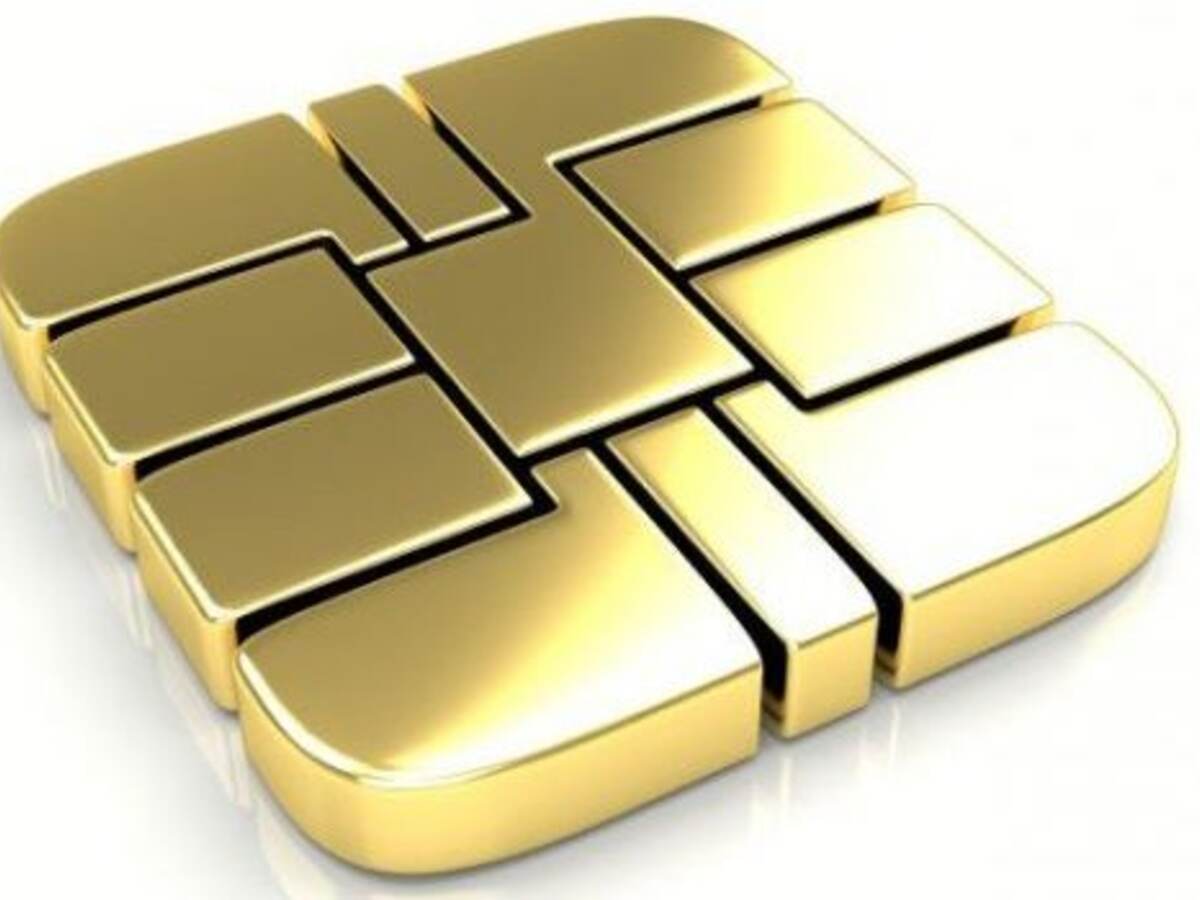July 27, 2016
It’s been nine months since the October 2015 fraud payment liability shift that mandated U.S. merchants to install point-of-sale (POS) systems that accept EMV (Europay, MasterCard and Visa) credit and debit cards—sometimes referred to as chip cards. However, according a recent survey conducted by the National Retail Federation, only 48 percent of retailers had implemented the new EMV card system or were expected to by the end of June 2016.
The reason some merchants are lagging on EMV migration is due to the costs of installing EMV-compatible POS systems. Understandably, it’s difficult for some merchants—small- and medium-sized businesses in particular—to justify purchasing new terminals when their current POS systems still meet the daily needs of their customers and their transactions.
Meanwhile merchants accepting EMV payments are seeing the benefits of greater fraud protection. According to Visa, some merchants have seen fraudulent transactions drop by more than 18 percent, while others who have not yet started accepting EMV payments experienced an 11.4 percent increase in fraudulent transactions.
An investment in more secure equipment now could help prevent much larger financial repercussions later. Some merchants—like luxury brand retailers focused on the customer experience—are choosing to use their legacy payment terminals because EMV transactions are taking slightly longer than traditional swiping. Saving these customers seconds, however, may end up costing these merchants millions. In fact prior to the chip, card fraud in the U.S. hit an all-time high of $8.5 billion in 2015.
In addition to these cost challenges, merchants have been slow to adopt EMV because it requires additional training—from the technical standards to the implementation process. As with any technology change, merchants need to be prepared for a learning curve. UL provides training and certification programs that can guide merchants to make the decisions right for them.
UL experts also help clients determine a cost-effective approach to EMV migration. They address training and education, software, testing and final implementation with merchants, vendors and suppliers. Making the time to educate employees—business leaders, IT managers, operations specialists and retail associates—helps to ensure a smooth roll-out and positive customer experience.
UL recommends that while merchants are making or evaluating the shift to EMV, they also consider reconfiguring their infrastructure to accept near-field communications (NFC) and contactless mobile payments. According to eMarketer, nearly one in five smartphone users will make a mobile payment this year and the total value of mobile payment transactions in the U.S. will grow 210 percent by the end of 2016 over last year.
Adopting EMV means that much of the work required to enable NFC and contactless mobile payments is already complete. Because both NFC and EMV have similar infrastructure requirements, merchants should make both options part of their payment migration plan to make total market entry less chaotic.
From training and education, to planning and deployment, and then to testing and certification, UL is helping organizations of all sizes address the challenges of this new payments environment. As an EMVCo accredited testing organization, companies throughout the payment ecosystem have worked with UL to obtain their EMV certifications, but they have also sought UL’s help for migration, education and implementation.

